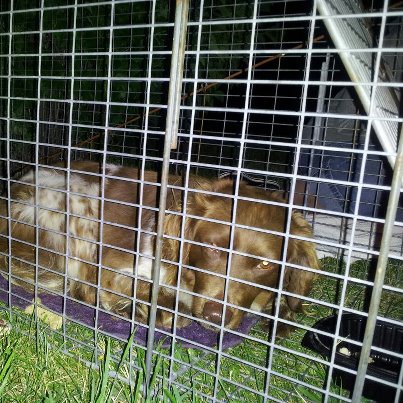
Finn, a shy lost dog, was successfully captured a team of volunteers from National Brittany Rescue (NBRAN) and other concerned area citizens. This team has now gone on to help capture other lost dogs in the area.”
There are more lost dogs now than there have ever been. Pet ownership is up and we, as a nation, are saving more dogs, with many more people choosing adoption as their option. This is a great thing but it comes with its challenges. For many people, this is their first experience owning a shy, rescued dog. These dogs are often high flight risks and can quickly escape through a door or wiggle out of an ill-fitting collar, harness or slip lead.
Searching for a shy lost dog is expensive and time-consuming. Most shelters and rescues are obliged to help search for a dog that has gone missing from a newly adopted home, a foster home, their transport or their facility. Here is a list of the potential costs associated with a lost dog search:
- Printing flyers, possibly thousands of them
- Printing and making intersection signs
- Newspaper and radio advertising
- Automated calling services
- Trap rental or purchase
- Gasoline
- Lost wages
- Shelter/rescue staff and volunteer time that go towards the search instead of their regular duties
When you take all of this into consideration it is very apparent that it is in the best interest of everyone to make sure your team of volunteers knows the most efficient and productive way to conduct a lost dog search. Your rescue or shelter does have a team, don’t they? A well-trained team that can quickly mobilize when a dog goes missing will save your rescue time, money and possibly the dog’s life.
Since our inception, Lost Dogs of America has helped reunite thousands of dogs. Most of these were found safely, some ended in heartbreak. Many of these were from rescues, shelters, transports, or were in foster homes or newly adopted homes. We would like to share with you what we have learned in this next series of articles.
